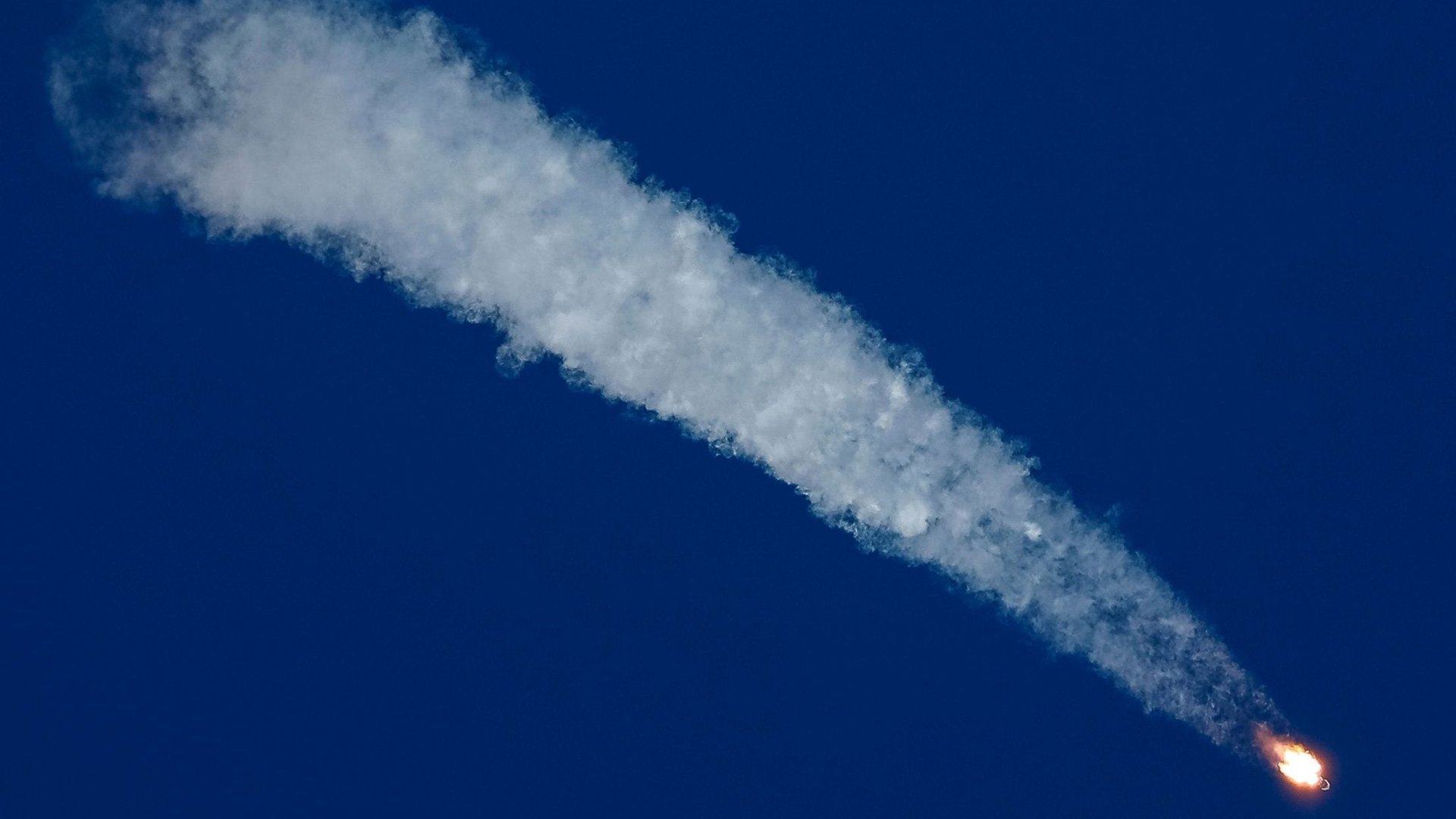An international crew just survived the emergency landing of a Russian spacecraft
If everything had gone according to plan, NASA astronaut Nick Hague and Russian cosmonaut Alexey Ovchinin would be aboard the International Space Station by now. The two were strapped into a Soyuz spacecraft today (Oct. 11), rocketing toward the ISS for a six-month stay.


If everything had gone according to plan, NASA astronaut Nick Hague and Russian cosmonaut Alexey Ovchinin would be aboard the International Space Station by now. The two were strapped into a Soyuz spacecraft today (Oct. 11), rocketing toward the ISS for a six-month stay.
But everything did not go according to plan. The spacecraft, fired up for a six-hour journey to the station, suffered what NASA described as “an anomaly with the booster…resulting in a ballistic landing of the spacecraft.” The Soyuz capsule carrying the crew came swiftly back to Earth.
The two astronauts were due to join Expedition 57, an international crew from the European Space Agency, NASA, and Roscosmos, the Russian space agency working on hundreds of experiments across the sciences. Hague and Ovchinin were reported to be in “good condition” after plunging down in an emergency landing in Kazakhstan.
It’s too early to say why the rocket malfunctioned. NASA and Roscosmos have pledged a thorough investigation. The two agencies have been working together since 2004, and are reliant on one another—the Soyuz is the only way astronauts can get to the ISS. As in more terrestrial endeavors, tensions between the two countries have been growing, as CNN reports. This emergency landing will likely do little to help.
In late August, a minute pressure leak on the ISS sparked a Russian media frenzy, with dark allegations of foreign sabotage and subterfuge. Roscomos chief Dmitry Rogozin, a former deputy prime minister in charge of the defense industry, told state news agencies there had been several attempts to impact with a drill, noting that the impact was made with “an unsteady hand,” because the drill “slid over the surface.” While NASA did not speculate openly about the cause of the leak, Rogozin had some theories of his own. “There is another version that we do not rule out: a premeditated action in space,” he said. (The breach appears to have been caused by the errant drill of a Russian manufacturing technician, which skittered across the surface of the spacecraft.)
NASA director Jim Bridenstine has been quick to dismiss concerns about any US-Russia tensions, stressing to reporters ahead of the latest launch that cooperation was as strong as ever. “Whatever happens terrestrially, we’ve always been able to keep space exploration and discovery and science separate from whatever terrestrial disputes there may be,” he said.
In any case, as Quartz has noted, any quality-control problems with the Soyuz add more pressure on the efforts of Boeing and SpaceX to fly astronauts for NASA.